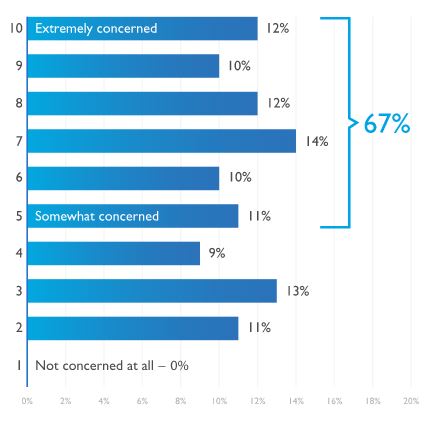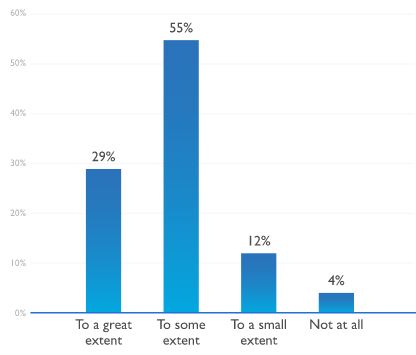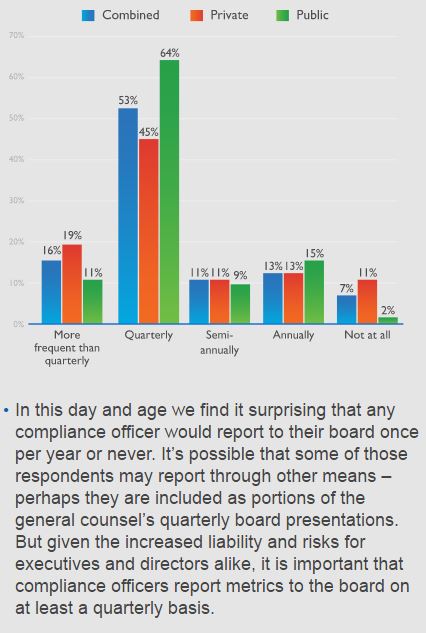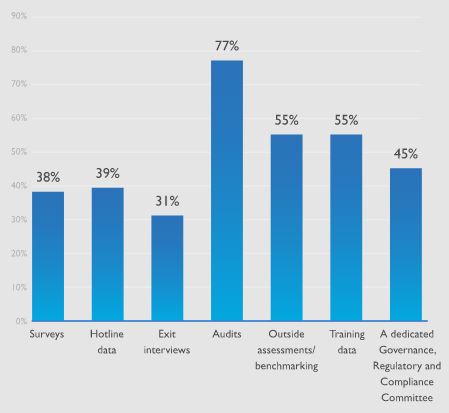A growing list of insurers are choosing to form subsidiaries in the European Union to ensure continuous coverage for their European clients following the United Kingdom’s withdrawal from the EU in June 2016. They wish to protect themselves in case Brexit impacts their ability to sell insurance policies and products across the EU from bases in Britain.
FM Global recently announced it is opening an office in Luxembourg, noting that the license allows it to “continue to deliver seamless insurance coverage to its policyholders” throughout the European Economic Area (EEA), where it has operated for more than 50 years.
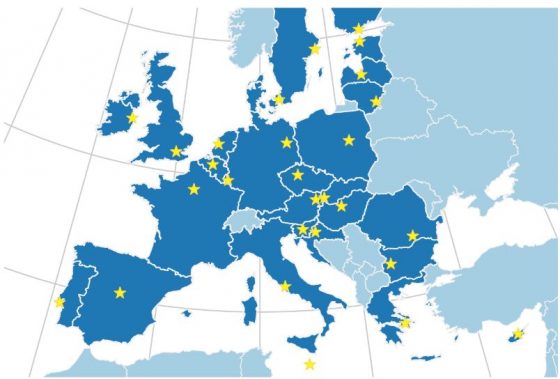
“We chose Luxembourg as our EEA hub because it’s a multinational business-friendly financial center with regulatory expertise that enables us to remain true to our mutual insurance company business model,” Chris Johnson, executive vice president who will serve as its managing director said in a statement. “Most notably, Luxembourg is a hub that permits EU passporting—which fits our business model perfectly.”
Lloyd’s said in March it will establish an EU base in Brussels that will allow its markets to continue to write risks from all 27 EU and three European Economic Area states post-Brexit. “It is important that we are able to provide the market and customers with an effective solution that means business can carry on without interruption when the U.K. leaves the EU,” Lloyd’s Chief Executive Inga Beale said in a statement. She added that Brussels met the critical elements of providing a robust regulatory framework in a central location.
Lloyd’s said its intention is to be ready to write business for the Jan. 1, 2019, renewal season.
U.S. insurer AIG also announced recently that it is moving its headquarters from London to Luxembourg; and Lloyd’s insurer Hiscox said in May that it has decided to establish a subsidiary in Luxembourg, after debating between Luxembourg and Malta.
Luxembourg has said that as well as insurers, it is in talks with firms including asset managers, banks and financial tech companies.


